PPT-Making Inferences and Drawing Conclusions
Author : trish-goza | Published Date : 2017-05-07
Mrs Davidoviczs 2011 2012 Class GPS GPS ELA3R3 The student uses a variety of strategies to gain meaning from gradelevel text The student f Makes judgments and
Presentation Embed Code
Download Presentation
Download Presentation The PPT/PDF document "Making Inferences and Drawing Conclusion..." is the property of its rightful owner. Permission is granted to download and print the materials on this website for personal, non-commercial use only, and to display it on your personal computer provided you do not modify the materials and that you retain all copyright notices contained in the materials. By downloading content from our website, you accept the terms of this agreement.
Making Inferences and Drawing Conclusions: Transcript
Download Rules Of Document
"Making Inferences and Drawing Conclusions"The content belongs to its owner. You may download and print it for personal use, without modification, and keep all copyright notices. By downloading, you agree to these terms.
Related Documents


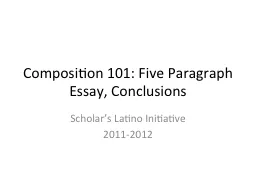
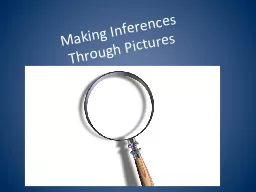
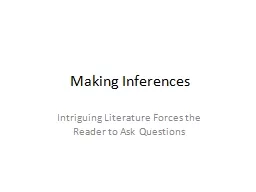
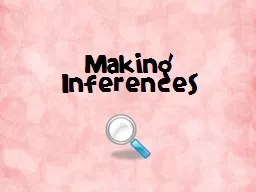
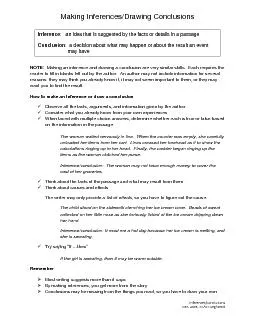
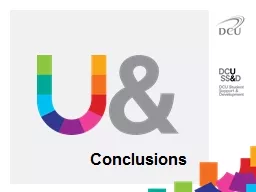
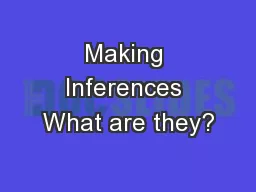
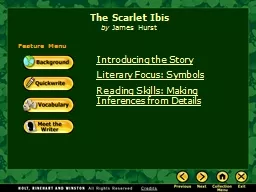
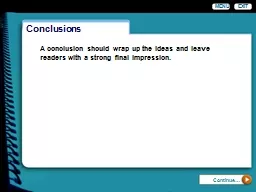
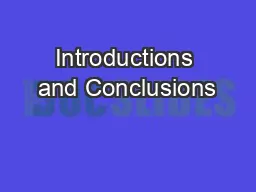
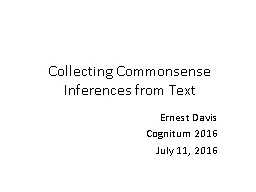
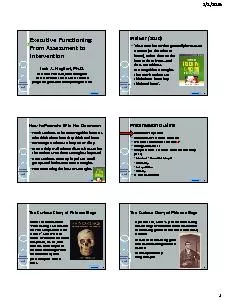
![[EPUB] - 35 Reading Passages for Comprehension: Inferences & Drawing Conclusions: 35](https://thumbs.docslides.com/900906/epub-35-reading-passages-for-comprehension-inferences-drawing-conclusions-35-reading-passages-for-comprehension.jpg)